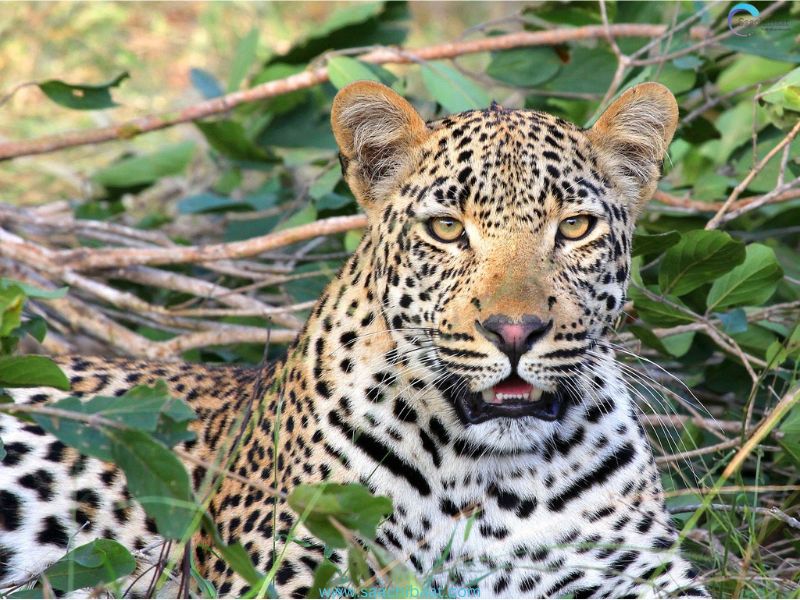Context of Indian leopards
India’s leopard scientifically known as panthera pardus. They have strong legs, long tails, and
short ears. Its coat is spotted and rosette on a pale yellow to yellowish brown. Female leopards
are generally smaller(117cm) than males (142cm).
Unlike tigers, leopards are far more adaptable and tend to be found in significant numbers,
villages, and sometimes even cities. They are also known to Prey on cattle and thus be involved
in conflict several times.
Distribution of leopards in India
According to a report published by the Environment Ministry, India’s leopard number rose by 8%
from 12,852 in 2018 to 13,874 in 2022. The highest number of leopards was reported in Madhya
Pradesh(3907), and only three other states reported over 1000 animals each- Maharashtra
(1985), Karnataka (1879), and Tamil Nadu(1070).
The Shivalik hills and Gangetic plains recorded a 3.4% yearly decline with Uttarakhand’s decline
of 22, Odisha also shows a decline to 568 from 760 in the last estimate While central India and
Eastern Ghats recorded growth of 1.5% with Western Ghat and hills of Northeast 1% per
annum.
Reasons for Declining
In India, some regions have Declining growth of leopards because of the following reasons–
1. Increasing conflict with humans which results in higher mortality.
2. Poaching for illegal trade in body parts.
3. Habitat loss and fragmentation
4. Accidents on roads passing through and around protected areas.
5. lack of surveillance and regular surveys
6. Mining and other human activity is also a big threat.
Leopard occupancy in India
India has many National parks and conservation reserves in which Indian leopards are seen.
Some of them are–
1.Bandipur National park
2. Jawai leopard conservation reserves (also known as Leopard Hills of India)
3. Jhalana leopard safari (Rajasthan)
4. Kumbhalgarh Wildlife Sanctuary
5. Bera Rajasthan safari
6.Khangchendzonga National Park
7. Nagarhole National Park
8. Amagarh leopard safari
9. Dachigam National Park
10. Satpura Tiger Reserve.
11. Hirakund and Kotagarh Wildlife Sanctuary
12. Similipal Tiger Reserve
The International Union for Conservation of Nature (IUCN) Classifies leopards as vulnerable.
Need for State Action
The state should step up efforts towards effective patrolling, Prey recovery, habitat management
outside tiger reserves, sampling artifacts, Systematic surveys, and Installment of cameras.



